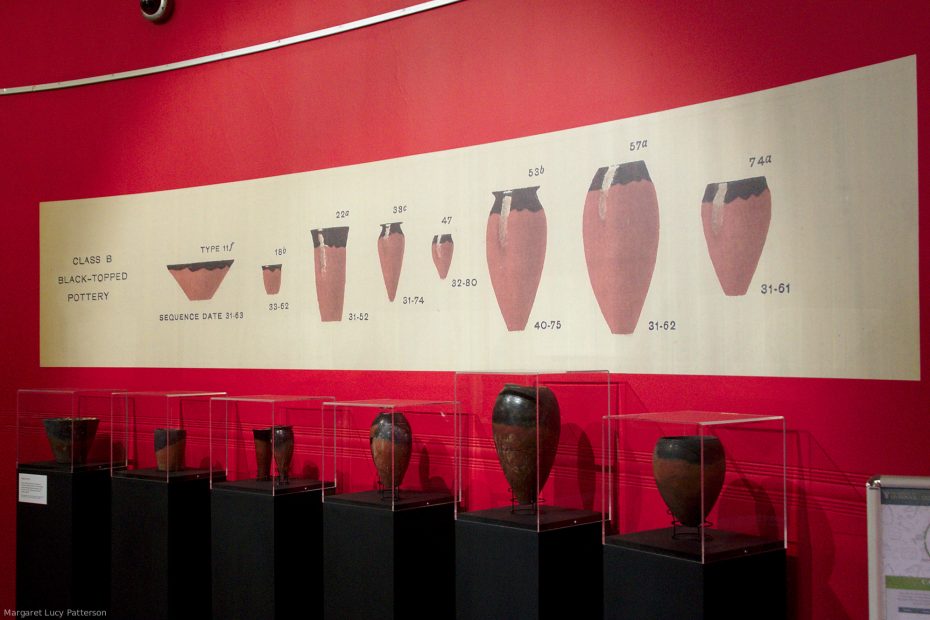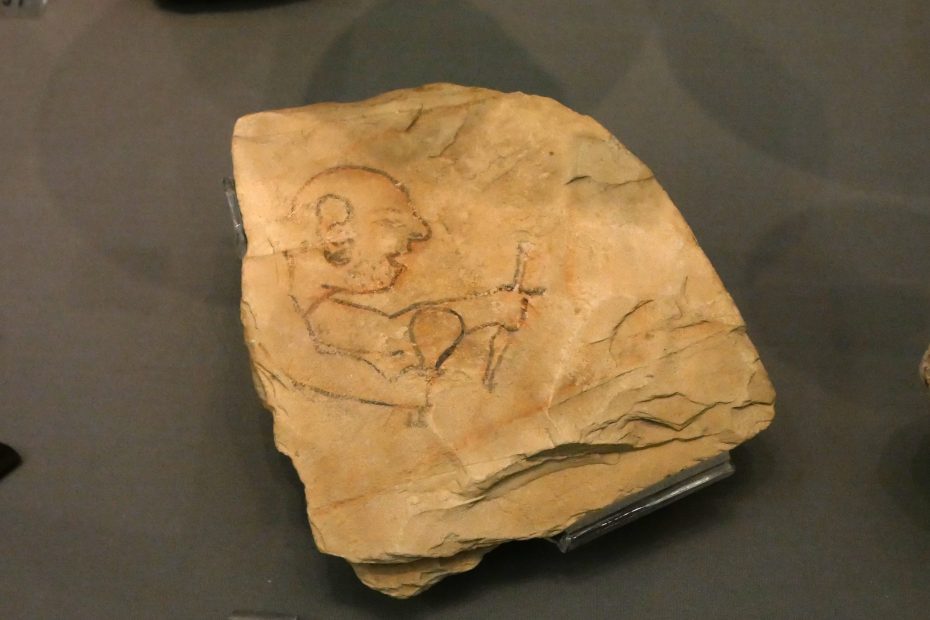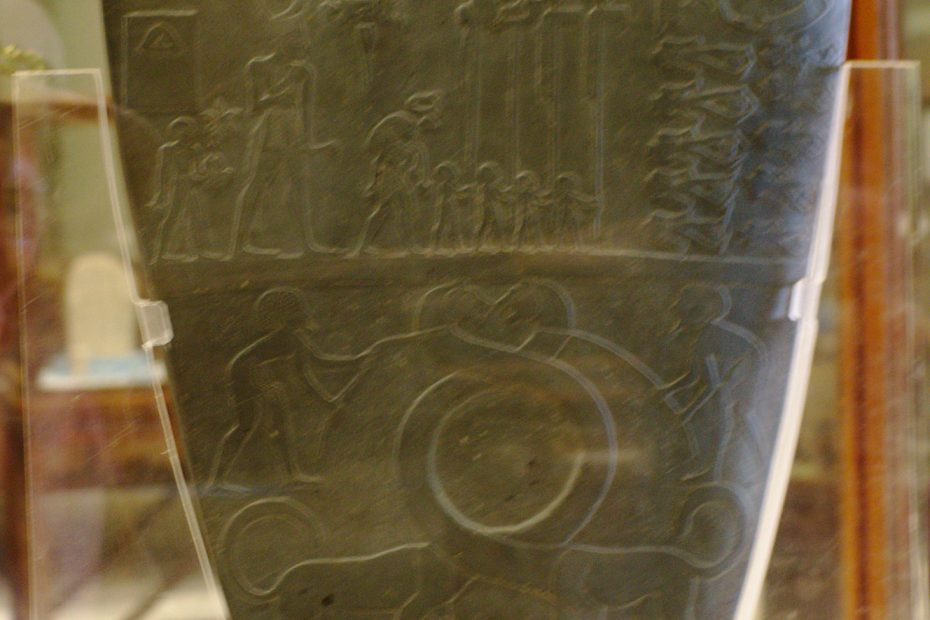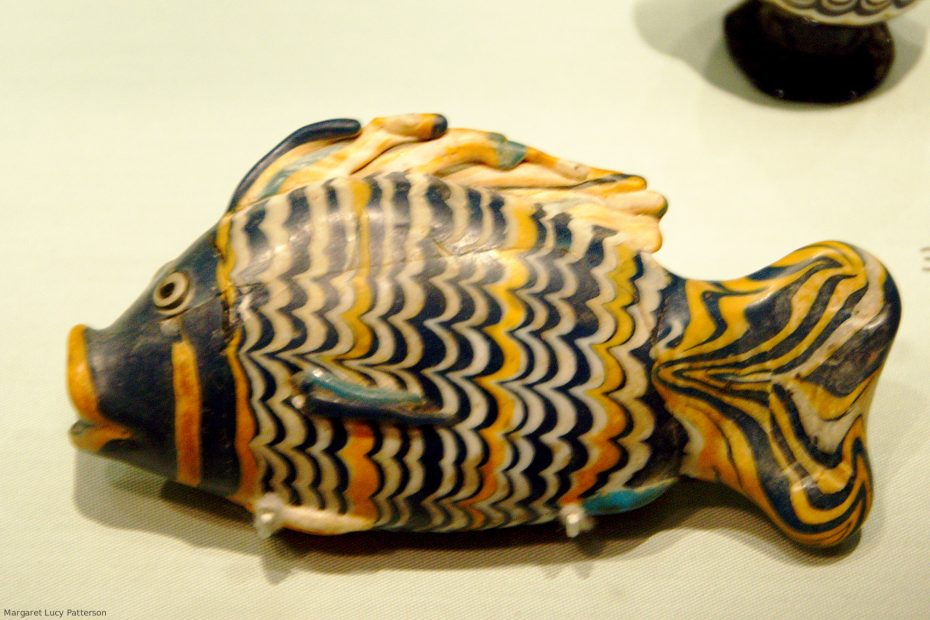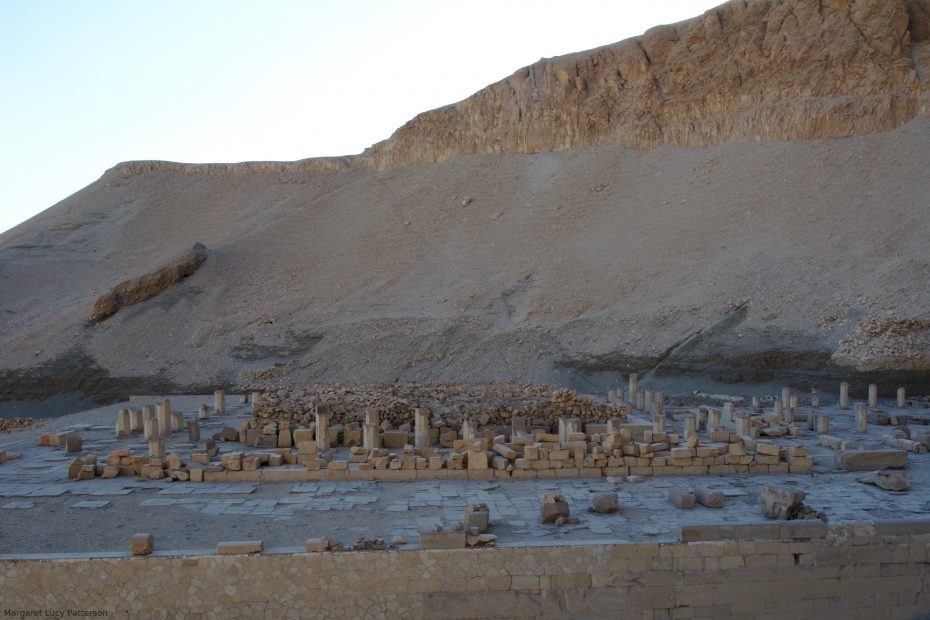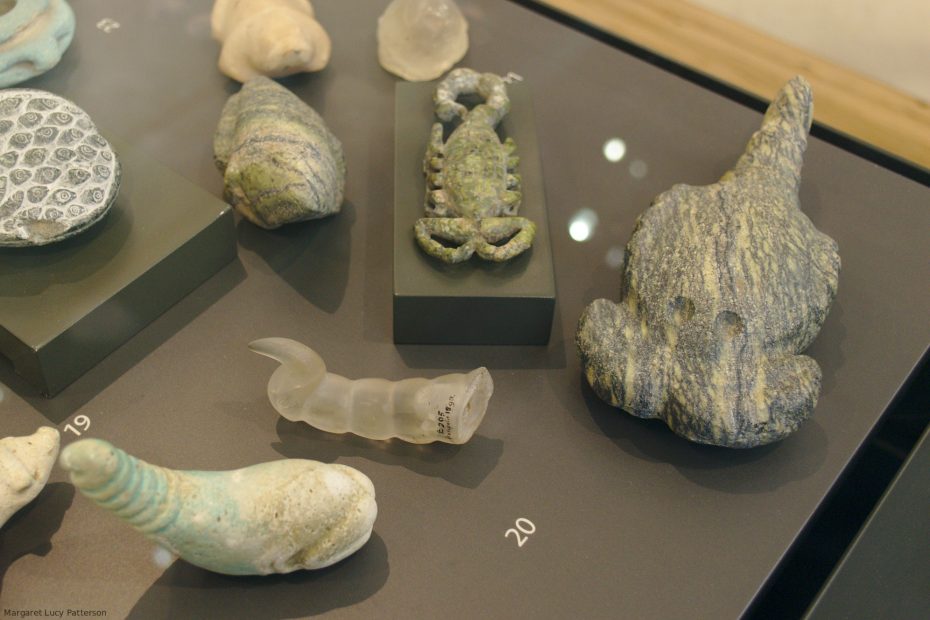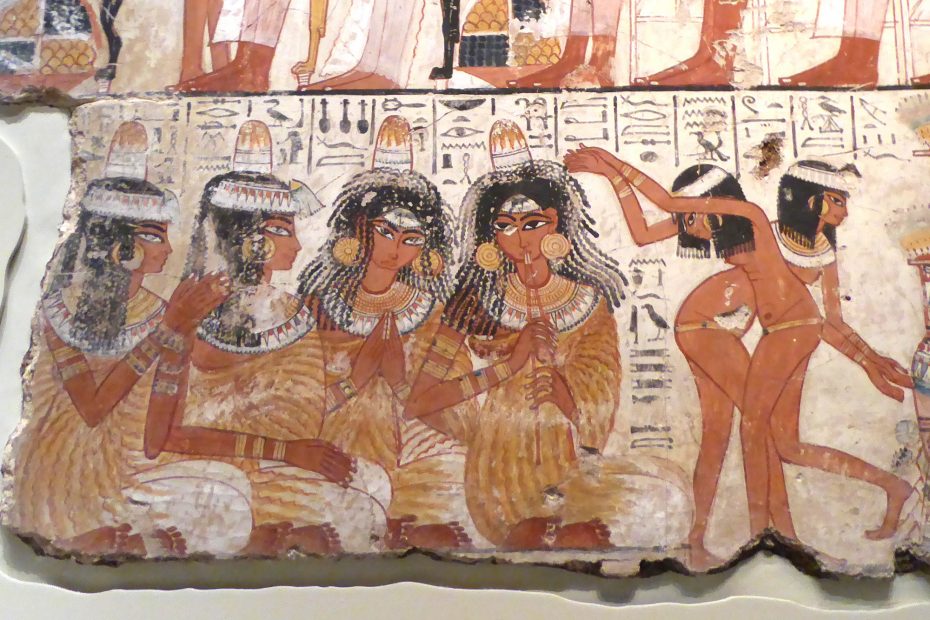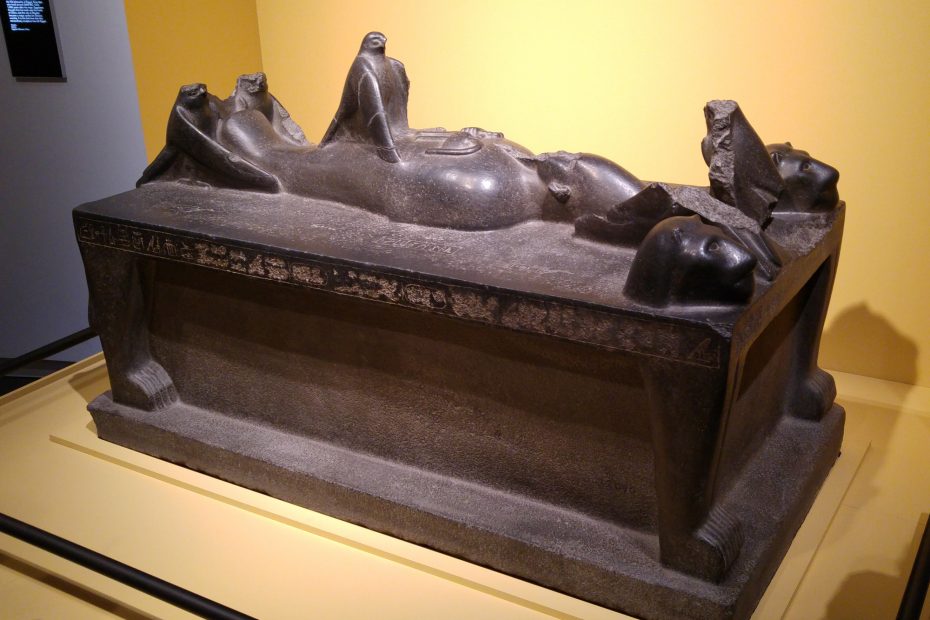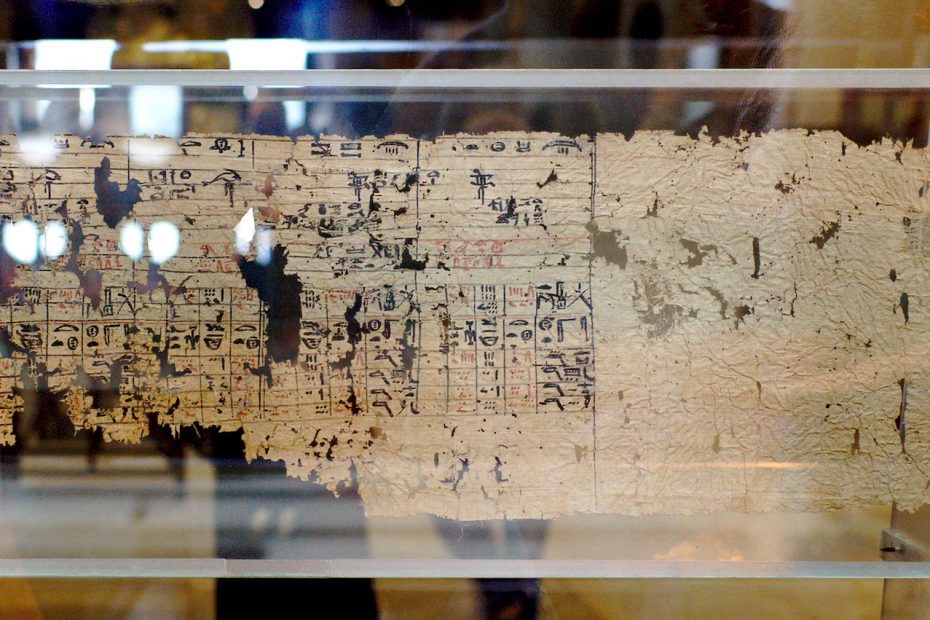“Flinders Petrie – from Stonehenge to Jerusalem” Lorna Oakes
In the middle of January we began the 2023 programme of talks at the Essex Egyptology Group with a Zoom lecture given by Lorna Oakes. Her subject for the talk was William Matthew Flinders Petrie – she began by noting that she wasn’t going to be able to cover all aspects of his career in a single talk, so she was going to concentrate on some of the main archaeological sites that he investigated. Flinders Petrie was the pioneer of modern archaeological methods in Egypt, and this was a great contrast to the work of his contemporaries. His main interest was to halt the destruction of the remains of Egyptian monuments, he’d been horrified by what he saw while he was working at Giza – at the same time Mariette was working at the Valley Temple of Khafre and Oakes quoted us something that Petrie later wrote about that excavation.… Read More »“Flinders Petrie – from Stonehenge to Jerusalem” Lorna Oakes
